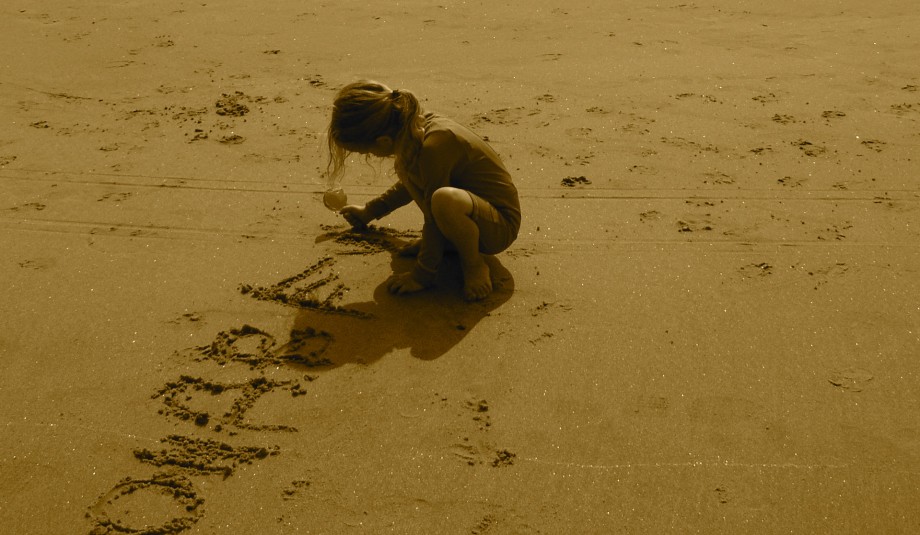View From The Cabin, By Captain and Mom
This project is soooo cool! Captain and I had a blast doing this, and it has a wide range of possibilities that meet the needs of smaller kids, big kids, and adults. Our first attempt at creating aluminum foil, glue, and shoe polish art had some mistakes that we learned from. Our second try was inspired by the view out of our front window at home. We love how it turned out, and enjoyed working on it together. We’d like to frame it as a “mom-n-daughter” piece 🙂 This project can be adapted to all kinds of images, and I hope you try it!
You’ll need:
A piece of cardboard (we used the back of a pad of watercolor-paper)
White glue and a glue stick
Heavy duty aluminum foil
Black shoe-polish (the kind that comes in a sponge-applicator bottle is best)
Method:
Create your basic image (don’t worry about the little details as they get added later) by drawing on the cardboard. Go over all of the lines with the bottle of white glue, squeezing out some of the lines in a thin stream and go back over some of the main lines heavily with the glue. Let it dry. Or, as we did, you can skip the drawing part and just use the glue to make the free-form shapes.
As you can see here, the glue has dried clear. If you run your fingers over it you will feel the relief-texture that will create the basic shapes in your picture. Very simple!
Next, use the glue stick to go over the parts of the piece that don’t have the dried glue. This will help hold the foil tightly onto the cardboard. Be sure to rub the glue stick around all of the edges too. You will then decide if you want the shiny side of the foil to show, or the matte side. We chose the matte side, but it will depend on your image and the effect you would like to have. Place the image, glue side down, onto the foil and press it down. Be sure to have a big enough piece of foil so that you can wrap the flaps around and tape them on the back.
Put a piece of toilet paper, or a thin, soft cloth, over your fingertip and carefully (don’t rip the foil!) go over both the raised, and flat, parts of the image. Take your time. Use a cotton swab to go over every line to make the image really stand out. This is an excellent time to talk about “relief”.
Ooh, good fun here. Swab the whole thing with the shoe polish, wait a couple of minutes, and then wipe it all off with a paper towel. Use a dull pencil to make details, textures and patterns on the foil. If you used heavy-duty foil and your pencil is dull, the foil wont rip. All these little swirls, dents and marks help add dimension and life to the finished piece. Cover it with the shoe polish once more, let set.
Wipe off the polish, taking care to let the very dark parts of the polish, right up against the edges of the raised parts stay.
Voila! Your very own “antique-ish” piece of art!
Below you will see our first try. We were inspired by two beautiful, pearlized ammonites. Our mistake was that we used yarn to make our relief, and it was too thick for the foil. We looked online and saw how others had made this project and learned that simple glue was enough to get a good relief. We loved making this one and it turned out pretty sweet anyways!
The possibilities with this project are juicy and delightful! We saw some nice owls and other free-form patterns when we looked online. I hope you try this one. It is inexpensive, easy and rewarding.
Cheers! Karen




























































